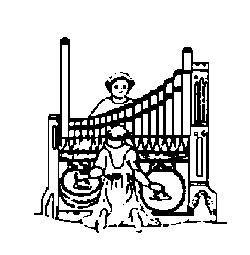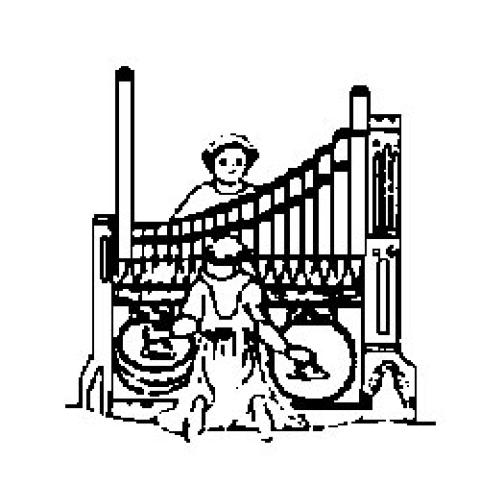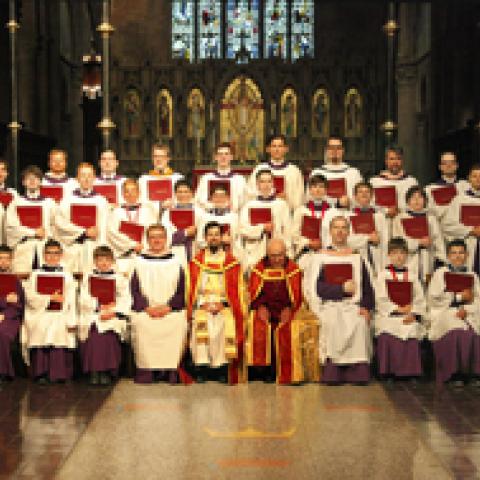
The Choir and Orchestra of the Cathedral of the Blessed Sacrament, Christchurch, New Zealand, have performed concerts and Masses in most of the great cathedrals of the world since they began international touring in 1990. They were invited to lead the congregation which filled St Peter’s, Rome, for the Papal Christmas Mass inaugurating the 2000 Jubilee Year.
Since re-establishment by their music director in 1969, the group of men and women performs every Sunday, exploring a wide repertoire through orchestral, contemporary, polyphonic, and plainsong Mass settings, together with a busy concert schedule of concerts and recordings.
In this concert, 50 performers will present Part One of Handel’s Messiah “The Nativity”, and Magnificat for solo soprano, choir, and string orchestra, composed for the group by Chris Archer. The distinguished group of soloists who have performed widely internationally include sopranos Elizabeth Emeleus and Judy Bellingham, alto Ruth Reid, tenor Wally Enright, and bass Howard Harvey. Admission will be free, and the group wishes to reach out in friendship to its audience and encourage interest in its country. For further information, visit their website: www.cathedral.org.nz




